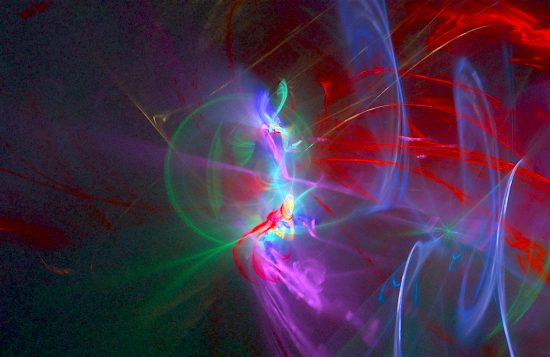
Sep 11, 2019
Dark matter theory lacks observational support, yet most astronomers think it is only a matter of time before it is discovered.
A recent press release affirms the modern opinion about dark matter. To quote the article: “I’m betting that dark matter is the real deal.” Astrophysicists continue using it to explain structure in the Universe. They do so because of the commonly held beliefs about origins. Cosmological theories depend on gravity-based phenomena, while ignoring plasmas in space and the electricity associated with them.
“Space is filled with a network of currents which transfer energy and momentum over large or very large distances. The currents often pinch to filamentary or surface currents. The latter are likely to give space, as also interstellar and intergalactic space, a cellular structure.”
— Hannes Olof Gösta Alfvén
Dark matter possesses no electromagnetic signature, so it is undetectable by any instrument at any bandwidth. Its existence depends on observing its gravitational effects on “ordinary” matter. Galaxies do not fly apart, for example, because dark matter “haloes” surround galaxy clusters and the individual galaxies within them.
Conventional theories miss the mark right at the start by assuming that gravity, alone, rules the cosmos, although gravity is a weak force when compared to electromagnetism. In an Electric Universe, galaxies exhibit electrical activity as a dominant force, since each star is the locus of electric charge flow. Such flows of electricity are known as Birkeland currents, named after Kristian Birkeland.
Electricity comes in three flavors: dark mode, glow mode and arc mode. The best known is probably arc mode, since that is the condition in which it is most easily seen: welding, or search lights are two examples. Some stars are arc mode plasma discharges, fiercely bright in extreme ultraviolet light and X-rays. They are sometimes labeled “blue-white giants”. However, dark mode discharges, as their name implies, are not visible, but they are just as capable of electromagnetic interactions as the other modes.
Electricity powers galaxies as it moves out of their polar axes and then back through their discs. This means that a circuit exists that receives its energy from Birkeland currents that connect each galaxy with the rest of the Universe. Hannes Alfvén’s research into cosmological electric fields, as well as his analysis of how stars could be driven by the action of electricity flowing through space, led to the mathematical foundations underlying Electric Universe theory. It is often claimed by detractors that there are no mathematics to support the theory, but that could not be further from the truth.
Forces exerted by electrified plasma contained in twisting filaments dominate the Universe. They circulate in a cosmic circuit with long-range attraction between them. A more plausible theory is that those filaments of electrified plasma, with billions-of-trillion-times more intense fields of influence than gravity, are what hold clusters and their associated galaxies together. In an Electric Universe, it is primarily dark mode electric current and not dark matter that maintains stability.
It is electricity moving through plasma that tends to initiate the effects observed with space-based telescopes. It is electric charge flow in the cosmos and its associated magnetic fields that should be the focus of research and not a search for the undetectable.
Stephen Smith
The Thunderbolts Picture of the Day is generously supported by the Mainwaring Archive Foundation.












